Mold is a common problem in households across the world, yet most people lack an easy way to monitor and fix it. Mold spores can cause coughing, itching, sneezing and more serious issues such as asthma. In fact, according to the Berkeley National Laboratory, 21% of current asthma cases in the U.S. are attributable to dampness and mold exposure in the home1. While mold is often perceived as a seasonal issue, Airthings uncovered a different story. Here’s what we learned from our data.
- Mold growth can persist year-round.
- Mold growth occurs in a variety of conditions, ranging from airtight homes in warmer months when humidity is high and moisture is trapped, to drafty buildings in colder months when warm air escapes from the living area and condenses.
- Mold exposure can be detrimental to your health, your home, and your personal belognings.
- Airthings mold risk indicator uses existing sensors and historical data to provide the likelihood of mold growth in an indoor location.
- Continuous monitoring is the easiest way to prevent mold before it grows.
The factors that contribute to mold growth
Temperature, humidity levels, material type and the environment affect the growth of mold. At Airthings we've developed an advanced algorithm that takes into account these factors and uses existing sensors and historical data to indicate the risk of mold growth in a given area. Airthings’ mold risk indicator is based on the rate change in the ASHRAE mold index. Our algorithm classifies mold risk on a scale of 0 - 10, where a reading of 0 - 3 indicates low risk, 3 - 5 indicates medium risk, and 5 - 10 indicates high risk. Airthings analyzed three case studies to show how mold risk changed through the seasons.
21% of current asthma cases in the U.S. are attributable to dampness and mold exposure in the home
Case study 1: The attic in winter
In this case study, we placed an Airthings Wave Mini monitor in the attic of a home in Oppegard, Norway.
.png)
Based on the data, there is a higher risk of mold growth in the winter season. This attic, as is often the case, is not heated with the rest of the house. In the winter when it’s very cold outside, the warm air from the rest of the building rises and condenses on surfaces, increasing the risk of mold growth. This explains why the highest risk of mold occurred in the attic on January 18th, when the temperature was just above 5°C, and the humidity level was high at 87%.
After another spike in mold risk on February 2nd, mold risk declined back to zero as temperatures in the attic reached negative degrees since mold does not grow in freezing conditions.
Case study 2: The basement in summer
In the second case study, we placed the Airthings Wave Mini monitor in the basement of a cabin in Havika, Norway.
-1.png)
The data suggests there is a higher risk of mold in the summer season as the temperature and humidity levels of this basement stayed high during the warmer summer months. This basement, as is often the case, has poorly insulated underground walls, and is not properly heated. During the summer, the outdoor air can be as warm or warmer than the indoor air, which leads to increased humidity. A contributing factor can also be poor drainage and vapor barriers around the basement.
A dehumidifier was then installed on August 5th in an effort to decrease mold risk. Four days later, mold risk dropped down to zero. This indicates that lowering indoor humidity levels is one possible solution to lower the risk of mold growth.
Case Study 3: The moldy mall in spring
Another interesting case occurred in a Malaysian mall, which was shut down due to COVID-19 restrictions2. When one shop owner returned in May, after only 50 days, he found mold growing on his wallets, bags, backpacks, and other leather items. The mold growth is most likely due to the humid temperature. Since the air-conditioning in the mall had been shut off for the entire lock down, water vapor in the air increased and mold grew on many of the leather goods2. It is often advised to monitor mold growth around leaks in roofs or windows, basements, and cellars. However, as this case study suggests, mold is also prone to grow on personal items if the storage room has a high risk of mold growth.
Monitoring for mold from indoor air quality measurements
The perception of where and when mold is most prevalent often differs depending on where you live. For instance, the idea that in warmer climates mold may grow as humidity rises in the summer, and in cooler climates mold may grow as the weather becomes wetter and damper. However, our case studies uncovered that the outdoor temperature and humidity levels of your geographic location are not the strongest indicators for mold growth inside your home. Risk of mold is dependent on other factors such as the building structure, the room, the time of year, and material of the surfaces. The key elements to predict mold risk indoors are actually indoor temperature and humidity, which can differ greatly from the outdoor environment. Monitoring and preventing mold before it grows is the easiest way to protect your family and your home from mold exposure.

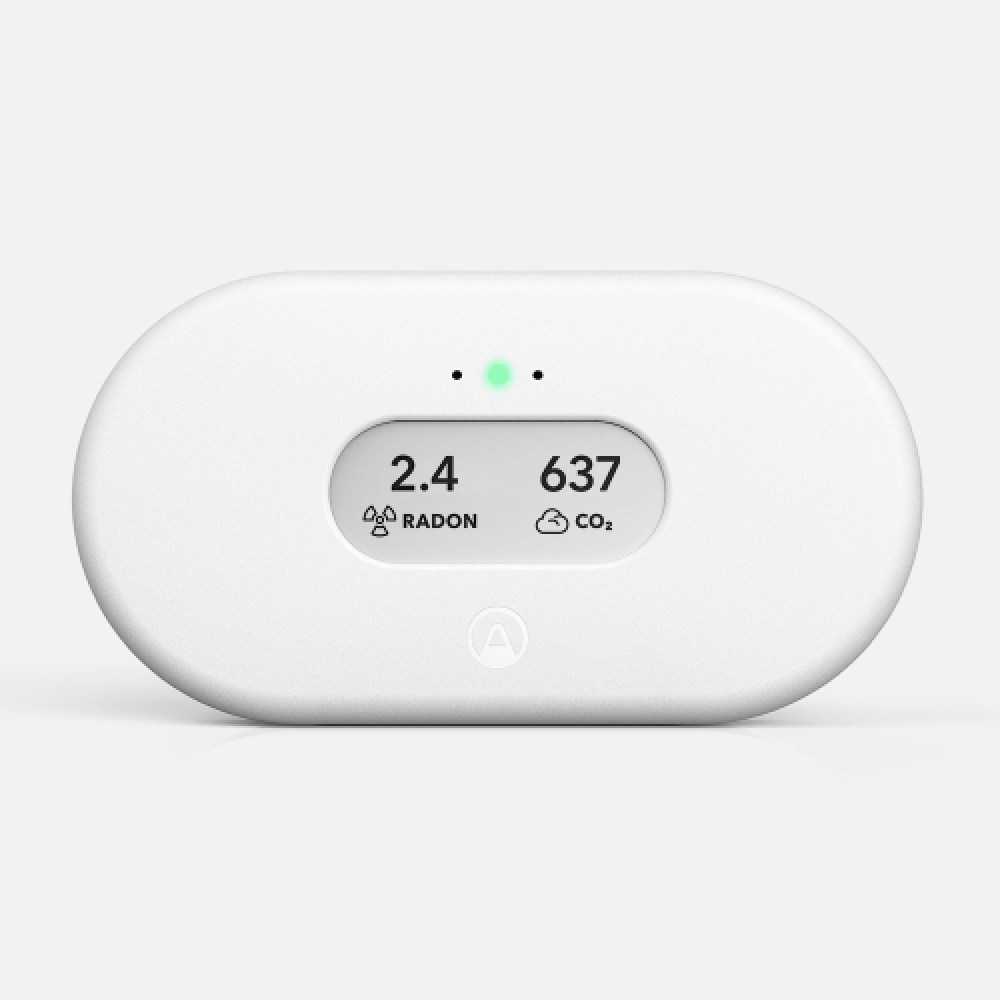
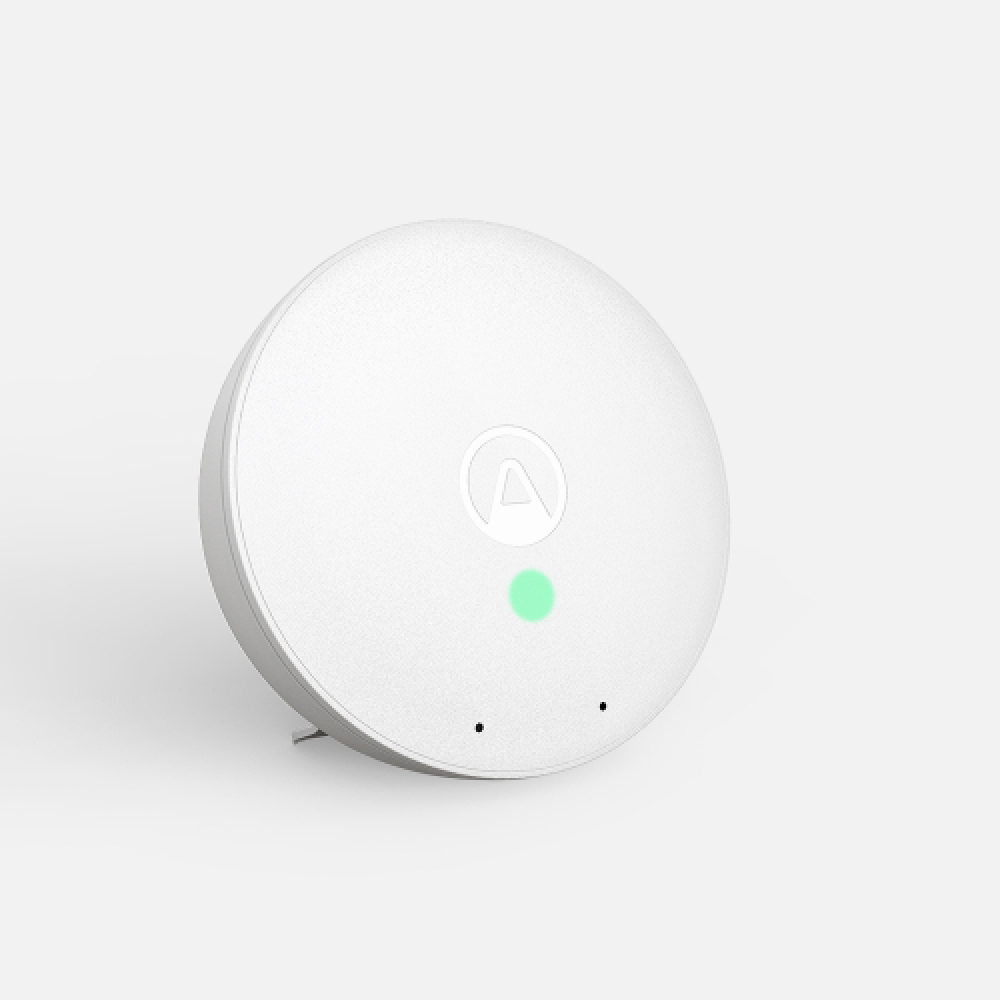
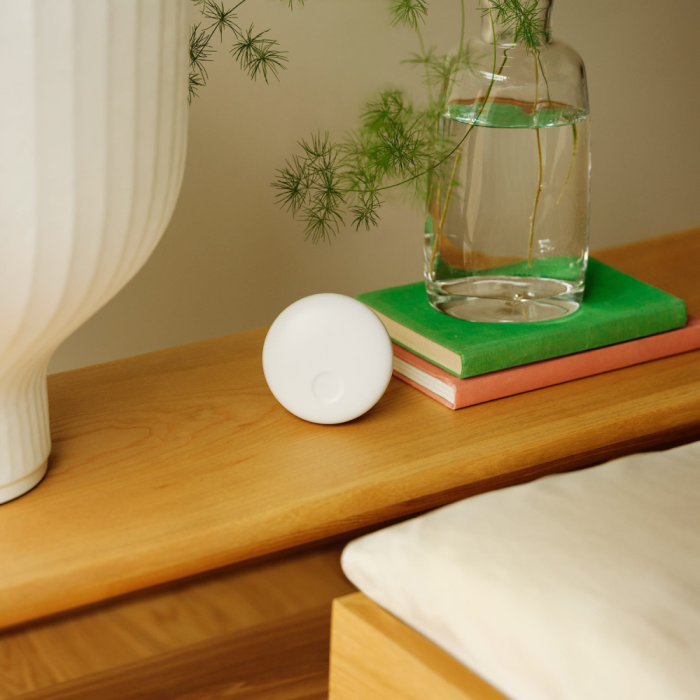
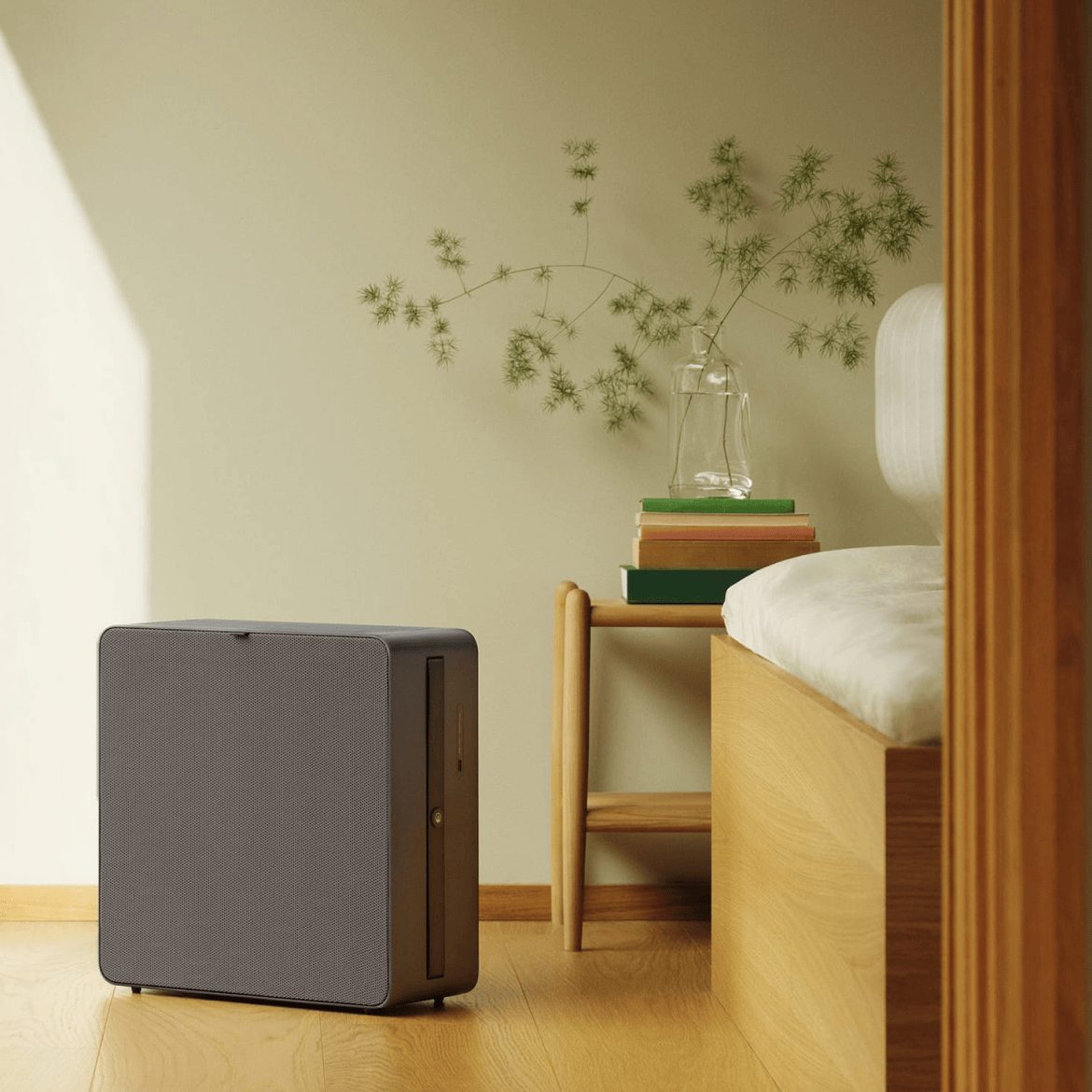
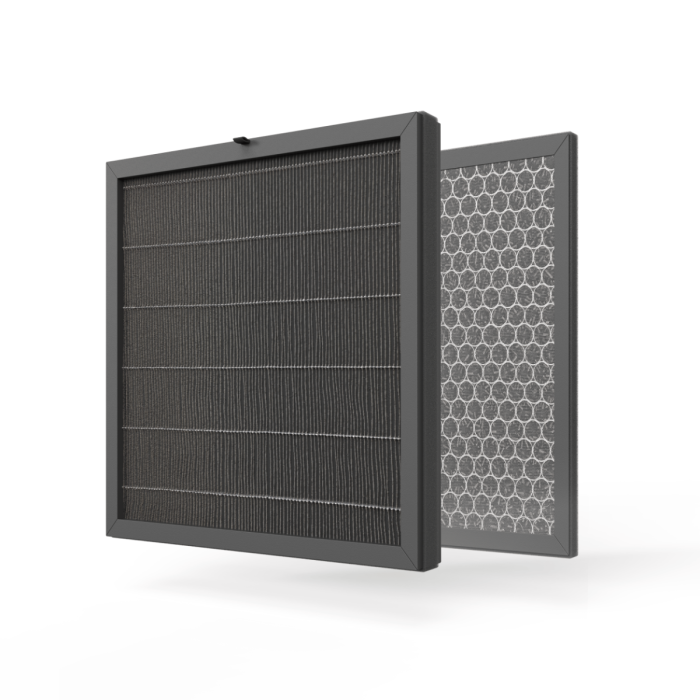
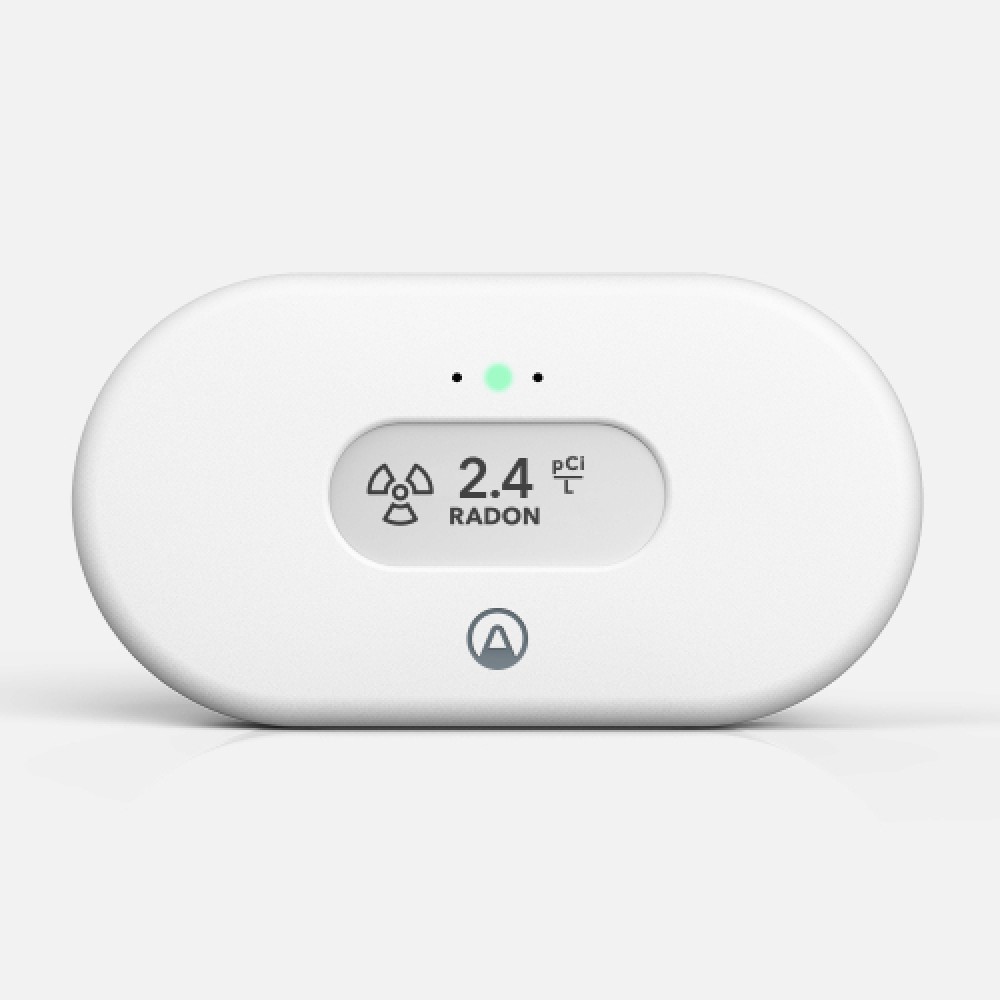
%20(1)%20(1)%20(1).webp)
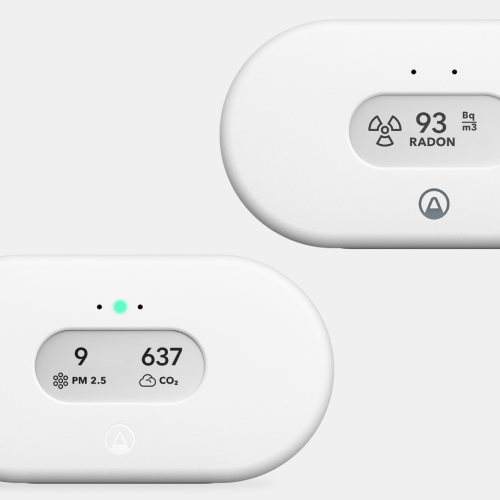
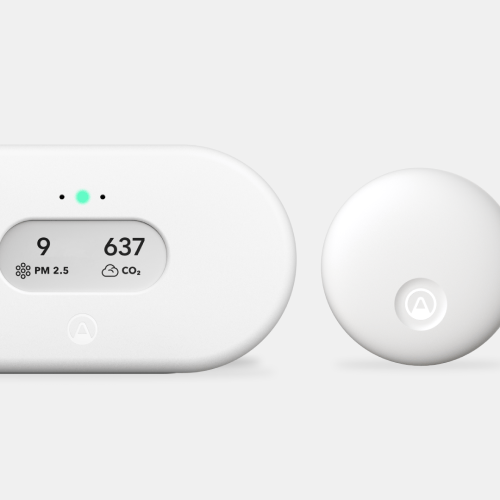
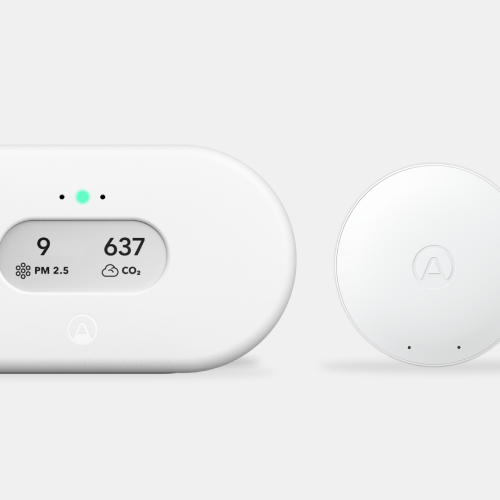
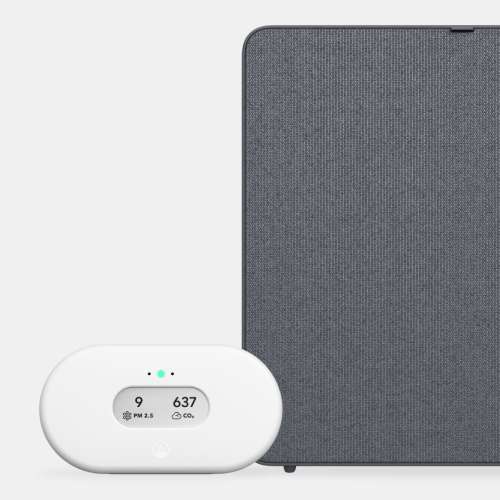
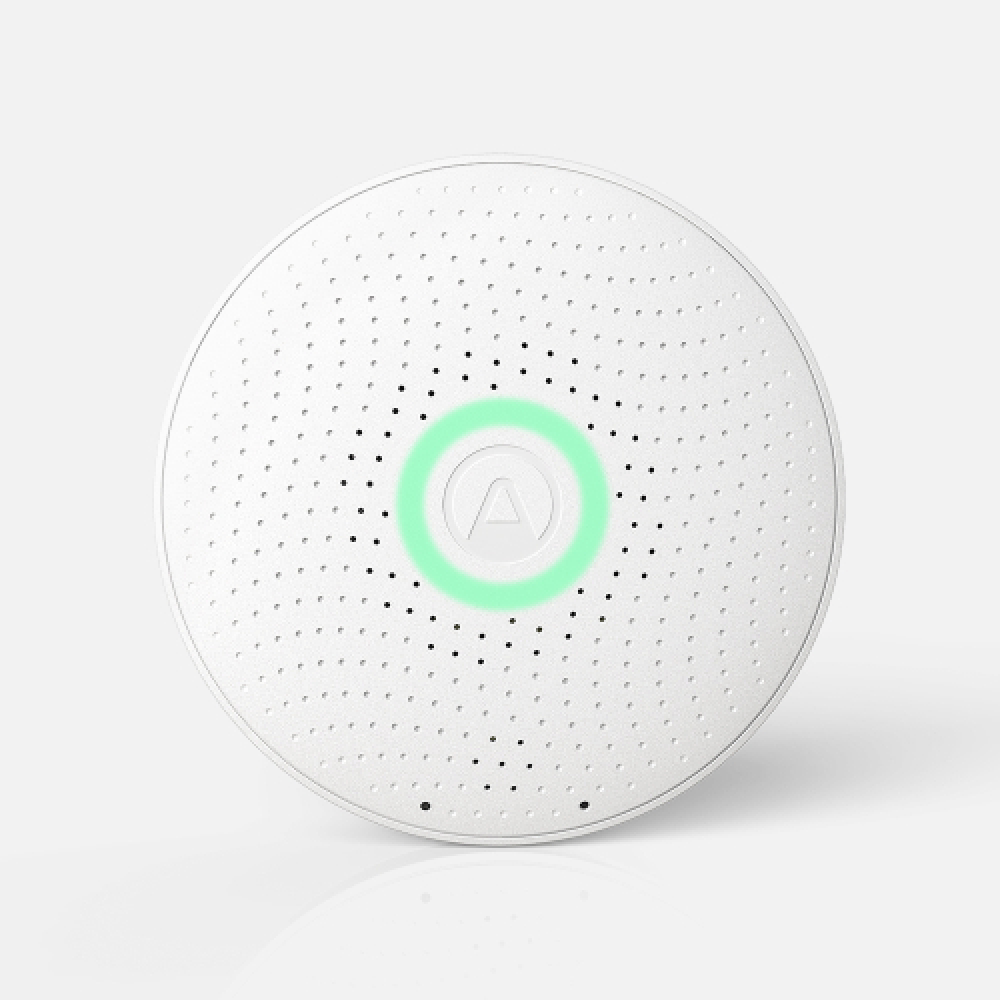
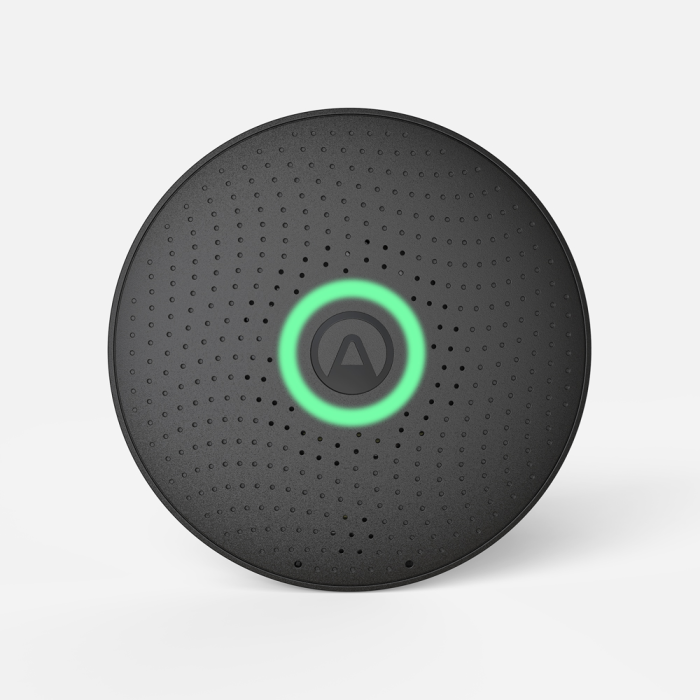
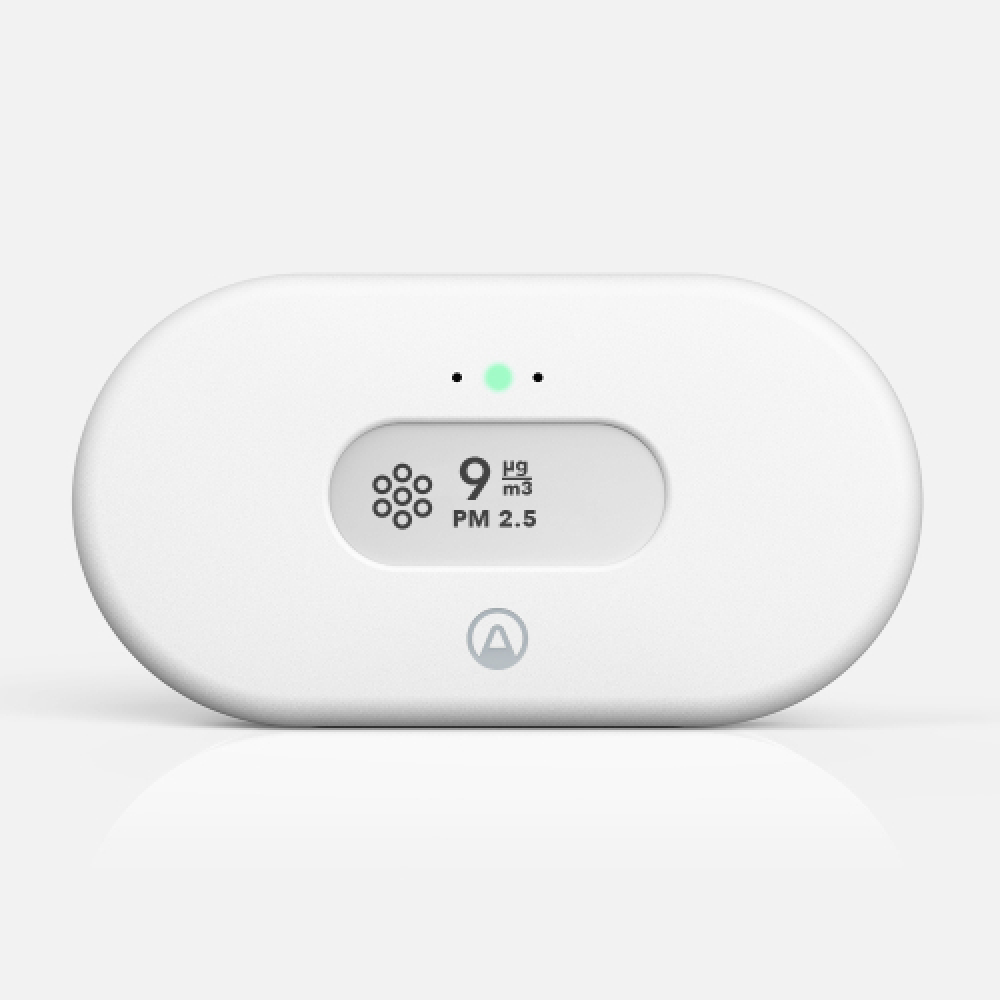
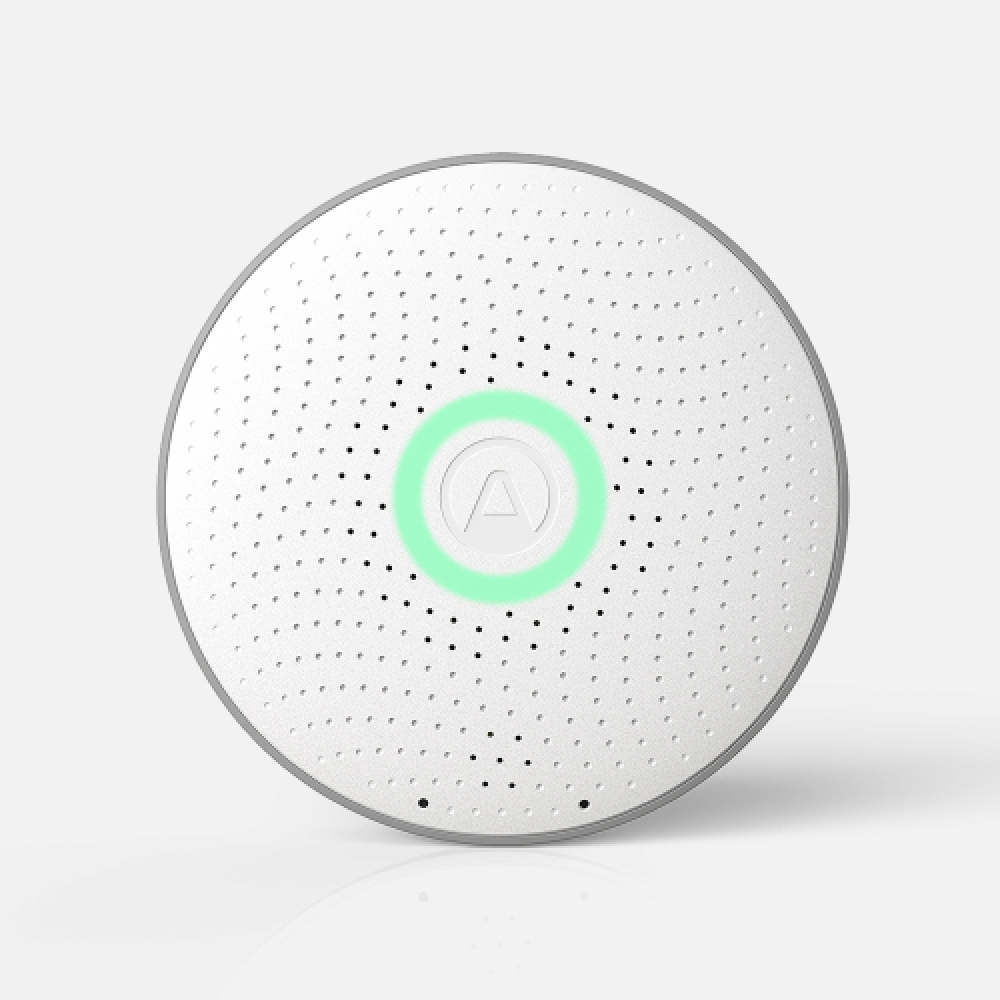

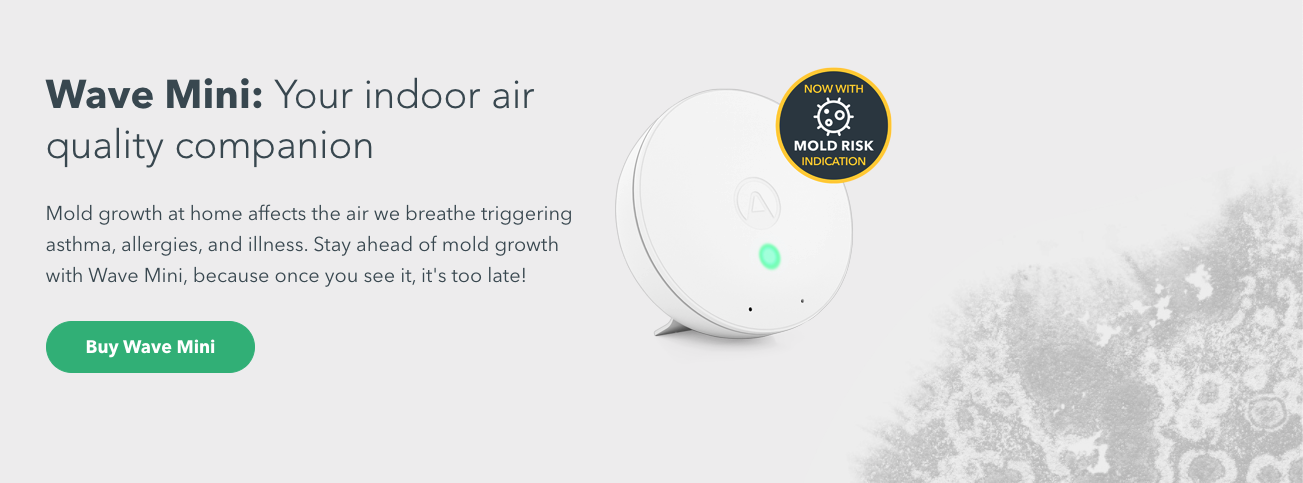
 Back to top
Back to top